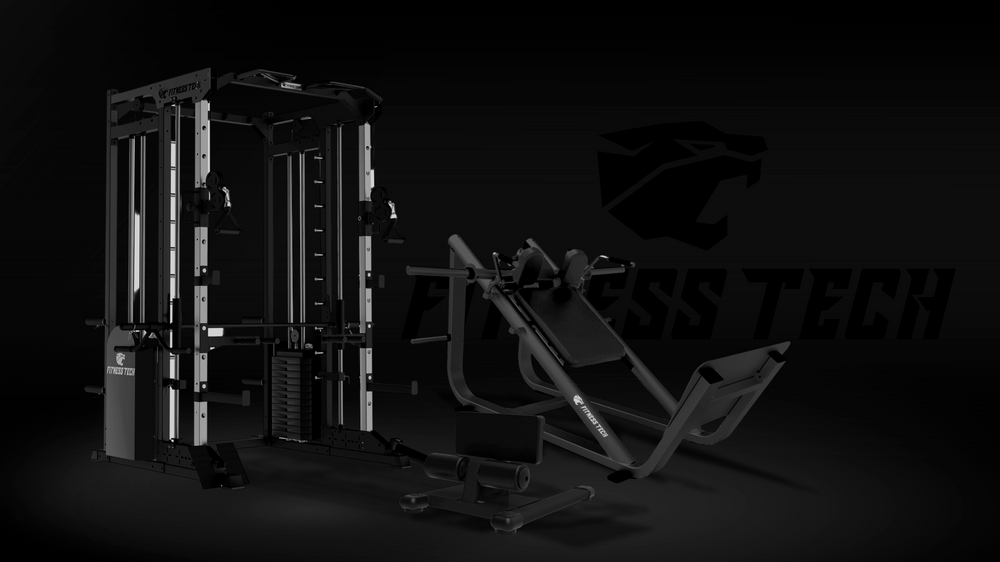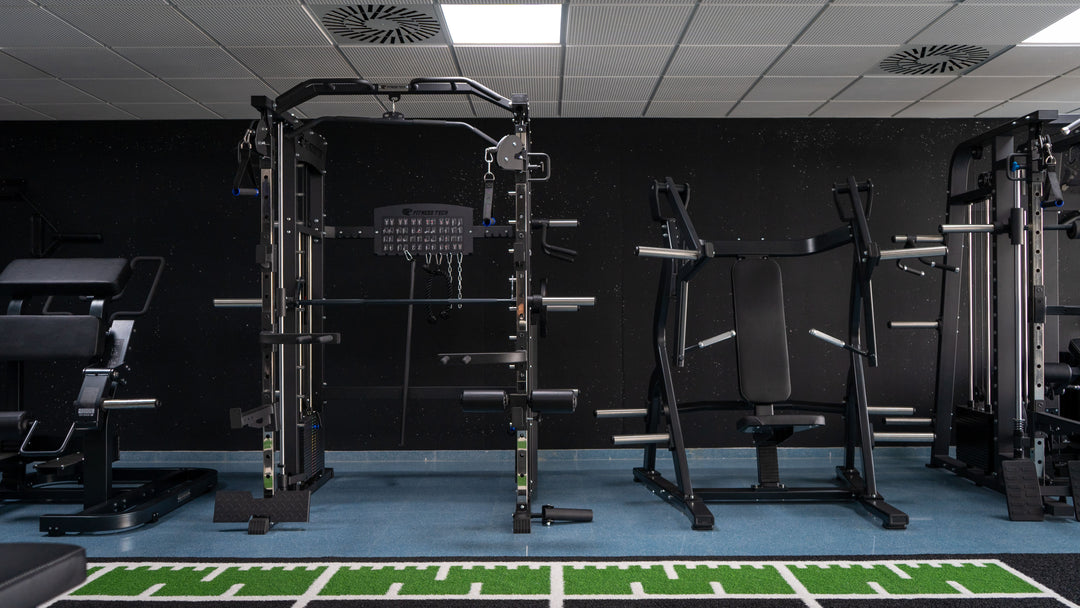Personalized HIIT protocols by genetics: towards truly individualized training
For decades, physical training has followed more or less standardized patterns: same exercises, same work times, identical effort zones for very different groups of people. However, the emergence of sports genomics is changing this paradigm. Today, thanks to accessible DNA tests and the integration of biometric data with artificial intelligence, a new trend is beginning to be implemented: HIIT protocols designed according to the individual's genetic profile.
HIIT and its proven effectiveness
High-intensity interval training (HIIT) has proven to be one of the most effective methodologies for improving cardiovascular endurance, fat oxidation, and anaerobic capacity in relatively short sessions. Its popularity has grown both recreationally and professionally, becoming a common tool in cross training boxes, sports centers, apps, and personal training.
But is HIIT really equally effective for everyone? Scientific evidence suggests it is not.
The genetic influence on exercise response
Various studies have shown that the physiological response to training is largely influenced by genetic factors. Variations in genes such as ACTN3, PPARGC1A, ACE or IL6 affect key aspects such as recovery capacity, predominant muscle fiber type, post-exercise inflammatory response, or energy metabolism efficiency.
A person with a predominance of fast-twitch fibers will respond better to explosive protocols, while another with a higher proportion of slow fibers will benefit more from longer and less intense intervals. Similarly, some genetic variants predispose to slower recovery, meaning that the same protocol can cause overtraining in some and positive adaptation in others.
From the laboratory to real training
Thanks to the commercialization of genetic analysis kits applied to sports, it is now possible to obtain an athlete's profile in less than two weeks. Companies like DNAfit, 24Genetics, Genotest, or Helix offer analyses that inform about predisposition to strength, endurance, injury risk, effort tolerance, and recovery speed.
Integrating these results with AI-assisted training platforms, some trainers and sports centers are beginning to offer fully personalized HIIT protocols that adjust:
-
Duration of work and rest intervals
-
Optimal weekly volume
-
Predominant type of stimulus (explosive, endurance, mixed)
-
Training frequency based on recovery capacity
-
Type of exercises (plyometrics, pulling, pushing, cardiovascular)
Advantages of genetically adapted HIIT
The benefits are clear:
-
Greater training effectiveness, with faster and more sustainable results
-
Lower risk of injuries and overtraining
-
Higher motivation, as real improvements are perceived in the short term
-
Less frustration with protocols that do not fit the user's physiological profile
Are we ready to train according to our DNA?
Although still in an emerging phase, genetic personalization applied to training aims to establish itself as one of the major advances of the next decade in the fitness sector. What until now was only accessible to elite athletes—professional cyclists, sprinters, Olympic swimmers—is beginning to be available to high-performance centers, sports health clinics, and boutique gyms.
In the medium term, standard training plans will likely disappear, and each person will train under a protocol designed exclusively for their genetic code, medical history, and lifestyle. This total integration of technology, genetics, and training not only promises improved performance but also a safer, more efficient, and motivating approach to physical exercise.
Conclusion
Total customization of HIIT is no longer a utopia. As predictive models improve and genetic testing becomes more affordable, this methodology will become the standard in modern physical training. Training according to DNA will not only be an option for a few, but an essential tool to optimize results and care for long-term health. The future of fitness will undoubtedly be personal, measurable, and deeply scientific.






Leave a comment